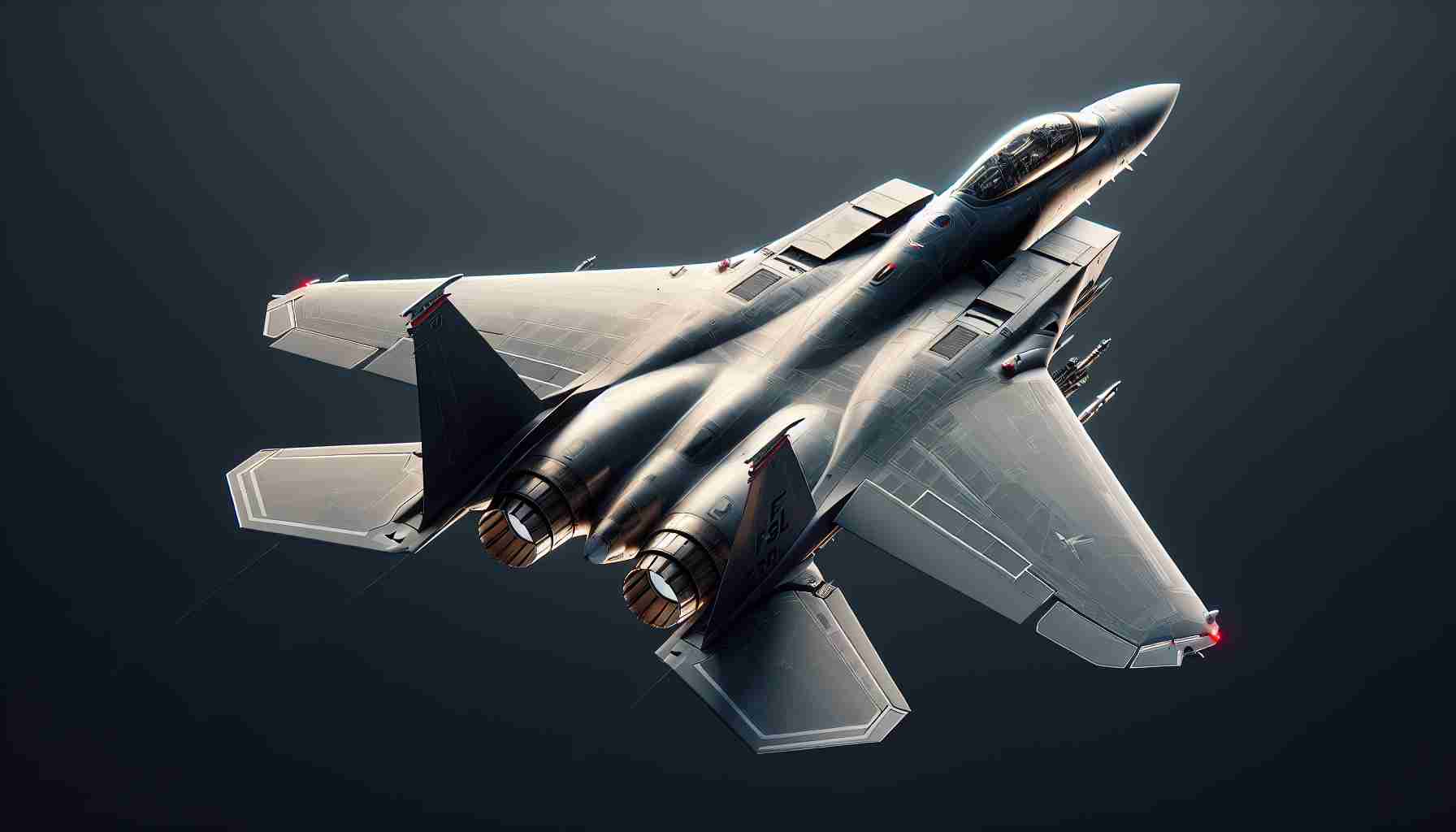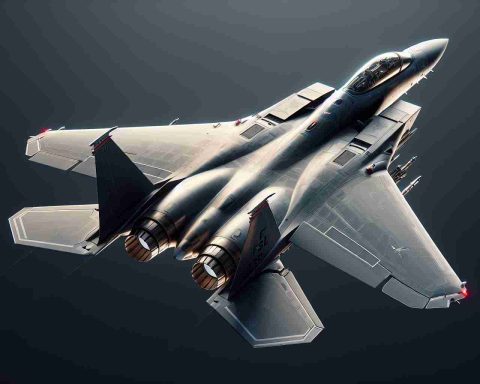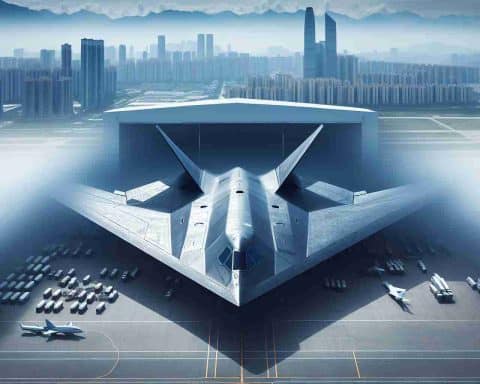The F-15EX Eagle II, a modernised 4.5-generation fighter jet, has officially joined the ranks of the U.S. Air Force, sparking international interest despite its steep price tag. Developed as an interim solution to bridge the gap before the arrival of more advanced fifth-generation fighters, the F-15EX was hoped to be a cost-effective alternative. However, its price has escalated to nearly $94 million per unit due to inflation and reduced order volumes, closely rivaling that of the F-35.
Interest from Abroad
Despite the cost, nations like Israel have shown significant interest in the F-15EX. Israel has already committed to an $18 billion deal for 25 of these aircraft. Appetites are similarly whetted in countries such as Indonesia and Poland, while Taiwan considers these jets for its defence strategy amid regional tensions with China.
The Fascination with Eagle II
The F-15EX is not just another fighter jet; it merges battle-proven fourth-generation fighter designs with modern tech enhancements. This blend ensures its place as a formidable force in air operations today. Unlike the further-off sixth generation or the existing fifth-generation jets, Eagle II represents an attractive option for those needing immediate yet advanced military capabilities.
Weighting Cost Against Capability
While the price remains a sticking point, the performance capabilities of the F-15EX continue to attract attention. With Boeing optimistic about international military contracts, there is hope that increased orders will eventually help stabilise costs. Whether or not it becomes the go-to fighter for many nations, the F-15EX surely has the global stage enthralled.
Beyond the Skies: The Unseen Impacts of the F-15EX Eagle II on Technology and Society
The unveiling of the F-15EX Eagle II has marked a significant milestone in modern military aviation. Beyond being a powerful asset for the U.S. Air Force and several international allies, the introduction of this 4.5-generation fighter jet is influencing a spectrum of developments in technology and global geopolitics.
Unexplored Dynamics of Military Evolution
While the F-15EX Eagle II is seen primarily as an interim solution, its creation underlines a pivotal era for military technology. It serves as a catalyst for further innovations in integrated avionics and weapons systems. The aircraft builds on the legacy of the venerable F-15 platform by incorporating advanced fly-by-wire flight controls and sophisticated electronic warfare systems. Such enhancements potentially pave avenues for future technological advances, leading to new research in materials science and aerospace engineering.
Challenges and Opportunities in Aviation Technology
The price tag of nearly $94 million per unit raises questions about the economic sustainability of high-budget defence projects. As costs soar, there are debates about whether investments in these jets might take away from essential social programmes or nascent technologies. Yet, the F-15EX’s development pushes the envelope of what’s possible, challenging engineers to innovate under financial constraints, which may, paradoxically, result in breakthroughs applicable to civilian aviation.
Geo-Political Intrigues and Defence Strategy
Countries like Israel, Indonesia, and Poland have shown interest in integrating the F-15EX into their defence frameworks, signalling a shift in military alliances and power balances. Given Taiwan’s consideration of the jet amidst rising tensions with China, questions arise: How might the acquisition of advanced technologies escalate or defuse regional conflicts? Is there a risk of arms races fuelled by technological parity, or could such capabilities be leveraged for deterrence and peacekeeping?
Advantages and Drawbacks
Advantages:
– Immediate Readiness: The F-15EX offers advanced capabilities without the long development timelines of upcoming sixth-generation fighters.
– Increased Versatility: With its capacity to carry a diverse range of weapons, the F-15EX provides strategic flexibility for various mission types.
Disadvantages:
– High Acquisition Costs: The substantial price may limit the number of units countries can afford, influencing overall military efficacy.
– Technological Overlap: As fifth-generation fighters become more prevalent, the F-15EX risks obsolescence unless continually upgraded.
The F-15EX stands as a testament to military evolution, offering both opportunities and challenges as nations consider the broader implications of adopting such technological marvels. In an ever-evolving world of defence, how nations balance these factors will shape the trajectory of global security.
For further insights on aviation technology and advancements, visit Boeing.









